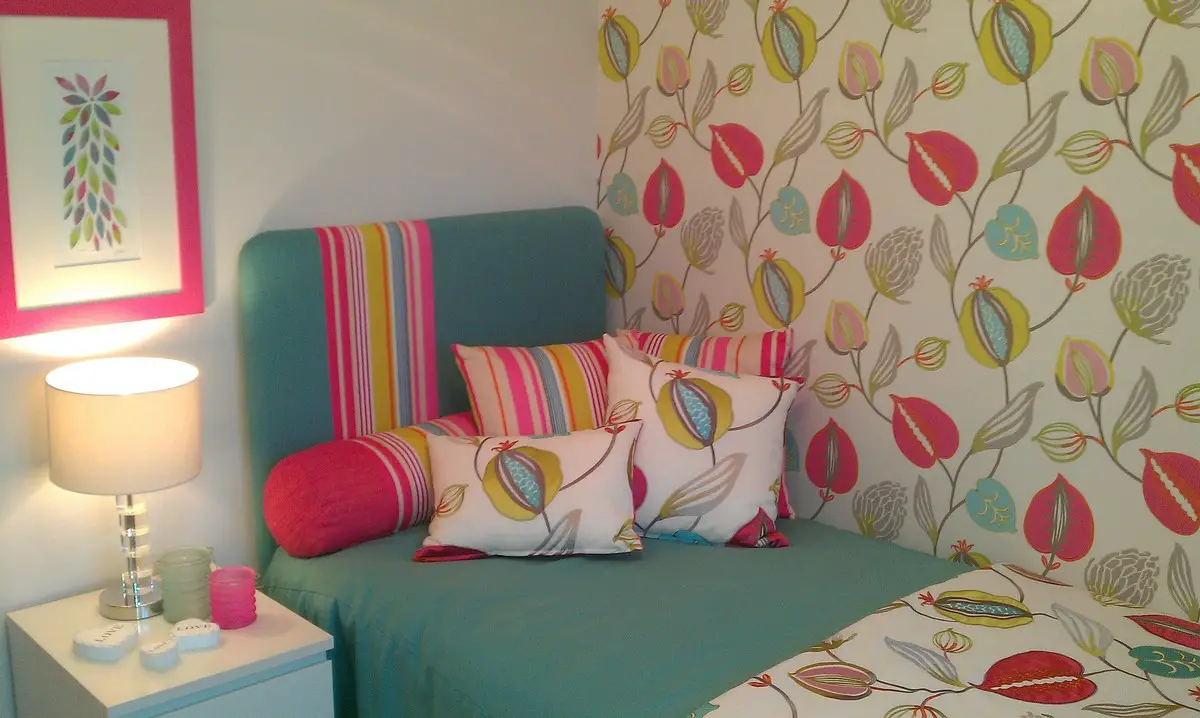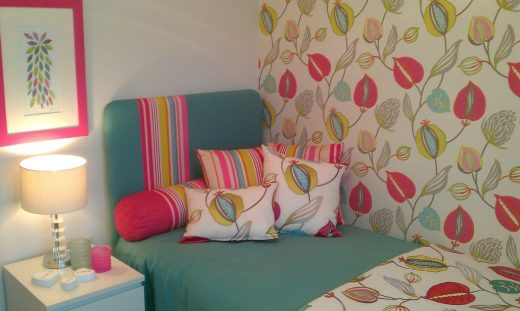7 Construction Trends Advice for 2020, International Property Guide
Tips on Incorporating Wallpaper into Your Home
7 May 2020
Tips on Incorporating Wallpaper into Your Home
Hanging wallpaper in your home is one way to get that special interior design look you’ve been dreaming of. While you can find lots of online tutorials on hanging wallpaper, they don’t all provide a full account of how to incorporate wallpaper into your home décor.
There are many elements to consider before committing to a design, such as whether the chosen pattern will match with the décor presently in your home. Additionally, there are certain techniques you must incorporate into the process of installing the wallpaper to ensure its longevity. Here, we’ve provided a guide that will provide you with those tips and elements to consider before incorporating wallpaper into your home.
Tips on Incorporating Wallpaper in your property
What to Know Before Integrating Wallpaper into Your Home Décor
Before you begin the application of the wallpaper, you must first consider a few things:
- Where in the home do you wish to apply the new design?
- How often is the room in which you intend to apply the wallpaper used? (Is this a high traffic room, or one that is used infrequently by guests?)
- Observe the textures and colors in the room. Does the chosen design complement or match this aesthetic?
The type of wallpaper you choose should be determined by the type of room it is and its typical usage and activity level. Are you incorporating the wallpaper into a bathroom or kitchen? Different from a bedroom, you may need to adjust the type of adhesive and paper you plan to use. This is because the continuous exposure to moisture may weaken the adhesion and cause the wallpaper to peel. (You must always check the guidelines of all elements you’re using to complete this project. The brand will always include specific installation instructions that will guide you in the best application techniques.)
Remember that you can also use wallpaper for an accent wall, made even easier with peel and stick wallpapers!
Use vinyl paper for high-traffic rooms and those with high moisture levels. This material is much more resilient and will have the longest lifespan. Drier, calmer rooms such as bedrooms, on the other hand, will do just fine with non-woven papers and fabrics.
Next, choose a style that enhances the design elements that already exist in the room. For instance, if you wish to install wallpaper in the kitchen, pay attention to the countertops, floors, and cabinets. What are their primary colors and textures? Does your chosen wallpaper enhance these features or clash with them? Remember that you can also use wallpaper for an accent wall! You don’t have to install it in every corner of your home – instead, choose a wall in a dining room or other living space to give that area a pop of color.
Of course, you will need to ensure that you have the proper amount of paper. Many homeowners make the mistake of buying less wallpaper than they need, forcing them to return to the store mid-way through the project. Furthermore, few people realize that the pattern has a direct influence on the quantity of paper you need to buy. You must order enough paper in consideration of the pattern. Even if you are aligning walls of the same size, one pattern may require more in quantity over the other if the pattern is to match.
For instance, let’s say your chosen design features a collection of ocean animals. You may have measured the walls exactly as required, only to find that, once it’s all rolled out, the ocean animals are cut in half at multiple points in the layout once applied. You may have to buy a little extra to ensure the design comes out just as you envisioned, especially if your wallpaper features a repeating pattern.
How to Install Wallpaper
Once you’ve considered all of the above, you’re ready to get started. To begin, gather all the necessary equipment:
- Wallpaper paste
- Wallpaper application brush
- Plumb line measuring tool
- Sharp wallpaper trimmer or snap blade
- A pair of scissors
- Tape measure
- Pencil
- Clean cloths
- Wallpapering table
The most important – and frequently forgotten – thing to be aware of is how much wallpaper you need. To ensure you purchase the right amount, measure the width and height of your walls, then use a wallpaper calculator. Once you are sure you have the right amount, you’re ready to begin!
- Map out the room. Use the roll of wallpaper to create a layout of what you want the final product to look like.
- Prep the walls. Make sure they are clean and smooth before you begin. If you find any rotted or degraded wood, you must solve this issue before applying the wallpaper.
- Apply the wallpaper paste to the paper. As you wait for the paste to activate, “book” the wallpaper to ensure the wallpaper will not expand using the following guidelines:
- Fold the back of the paper onto itself. (This is the surface to which you should have already applied the paste.)
- Smooth the paper down without making creases.
- Allow this to sit for as long as instructions require.
- Start with the plumb line and continue to completion. Use a level to draw a plumb line approximately ¼” past where you predict the first panel of paper to end. You don’t want to assume that the corner in which you’re starting is plumb!
- Work away from the entrance to the room. This will help to make the seams less visible, since wallpaper seams on straight walls are typically butted, rather than overlapping.
- Hide the last seam.
Integrating wallpaper into your home is far more than just putting it up onto a wall and calling it a day. There is much to consider beforehand, and certain techniques are better than others to ensure a lasting outcome. To make sure your wallpaper stays perfectly installed for years to come, we recommend hiring the help of professional wallpaper services in Boston. They’ll work with you to ensure the wallpaper complements every aspect of your home and execute the perfect installation for your needs.
Comments on this guide to Tips on Incorporating Wallpaper into Your Home article are welcome.
Residential Property Articles
House of the Big Arch, Waterberg
Design: Frankie Pappas

photograph : Frankie Pappas
House of the Big Arch in Waterberg
Comments / photos for the Tips on Incorporating Wallpaper into Your Home Guide page welcome



